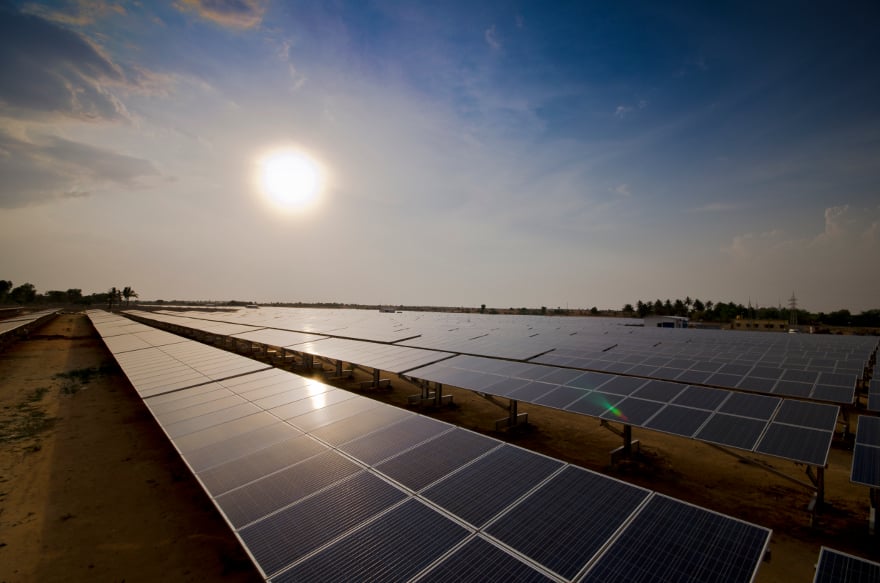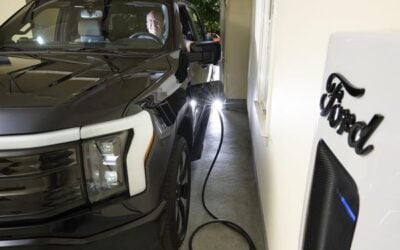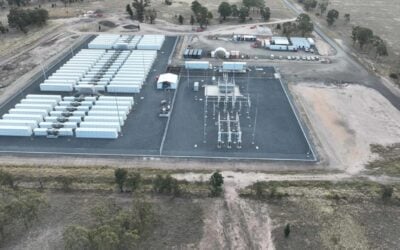
India’s prime minister Narendra Modi made an official commitment towards the launch of the country’s first National Energy Storage Mission yesterday at a ministerial event also attended by the UN Secretary General, Antonio Guterres.
The Indian government Ministry of New and Renewable Energy is currently hosting an event in Delhi for the Indian Ocean Rim Association (IORA), protecting and promoting the trade and transport interests of the world’s third largest ocean, an extended region which according to the Ministry in fact represents approximately 15% of global energy demand. At the same time, the International Solar Alliance is meeting at a parallel event as well as the 2nd Global RE-INVEST Meet & Expo, which as the name suggests focuses on international renewable energy investments.
Modi spoke at a joint launch for the IORA, RE-INVEST and International Solar Alliance events. The prime minister, sometimes criticised for his populist and perceived nationalist stance, has overseen something of an explosion in the Indian solar market since his inauguration in 2014, with PV Tech/Energy-Storage.news deputy editor Tom Kenning often reporting on big projects in solar and a growth in interest in energy storage, including tenders to add batteries or other storage to some of those large-scale solar projects.
In the last 150 to 200 years, Modi said, mankind has depended on fossil fuels. He said that as a transition to renewable sources of energy continues, he hoped the International Solar Alliance would be “at the top of the list” of organisations working to further the “welfare of mankind”. The alliance was officially launched in March this year with a goal to drive the deployment of 1,000GW of PV and attract US$1 trillion in funding by 2030. Meanwhile, India will work to meet the terms of the Paris Agreement, aiming for 40% of total energy requirements in the country to come from non-fossil fuel sources by 2030, developing self-confidence to go from “Poverty to Power”.
Try Premium for just $1
- Full premium access for the first month at only $1
- Converts to an annual rate after 30 days unless cancelled
- Cancel anytime during the trial period
Premium Benefits
- Expert industry analysis and interviews
- Digital access to PV Tech Power journal
- Exclusive event discounts
Or get the full Premium subscription right away
Or continue reading this article for free
Although not included in the official MNRE release, domestic news outlet the Economic Times of India reported further remarks from Modi that India has attracted investment of some US$42 billion in renewables during his four year tenure to date and could attract investments or generate business opportunities worth US$70 billion to US$80 billion in the next four years across the whole clean energy space.
As well also extolling the potential virtues of biomass, bio-fuel and bio-energy including waste-to-fuel for India and describing the overall transition to a clean grid as an opportunity as much as a challenge, Modi announced plans to launch the National Energy Storage Mission. The prime minister said it would involve manufacturing, deployment, technology development and policy framework although further details were not forthcoming.
The National Energy Storage Mission was first announced in February of this year by an MNRE-convened expert committee, which led to a draft document being published in August, created by NITI Aayog – (the National Institution for Transforming India) and US think-tank Rocky Mountain Institute (RMI). The draft focused heavily on the manufacturing side, which is unsurprising given Modi’s thirst to pursue ‘Make in India’ policies and give consideration to domestic content requirements in technology and industry. Perhaps viewing the manufacturing value chain as a virtuous circle beginning with e-mobility, the draft was almost exclusively about electric vehicle (EV) battery manufacturing and how best to support it.





